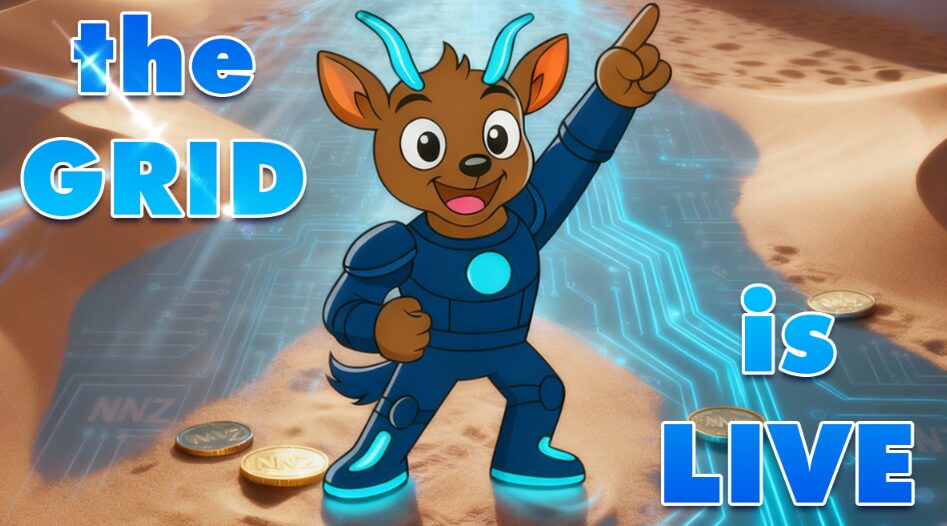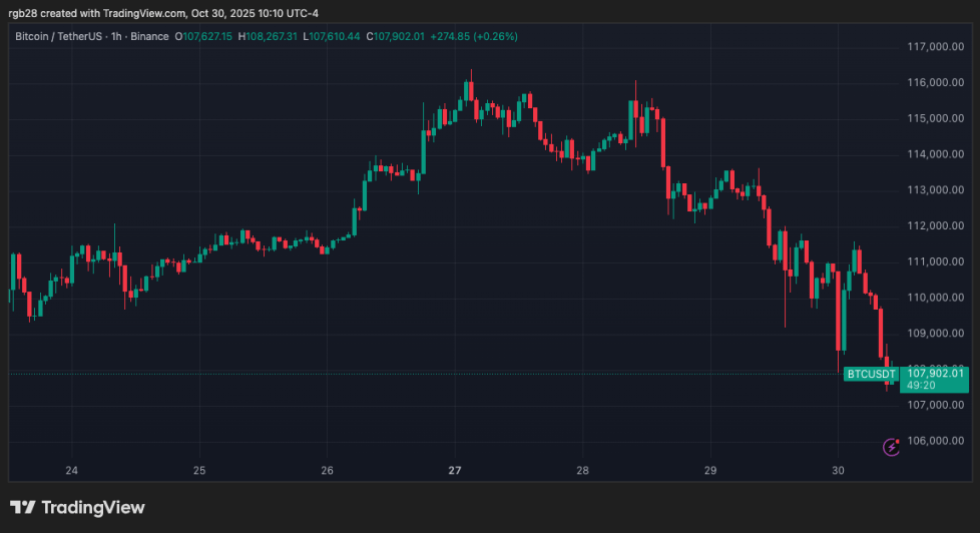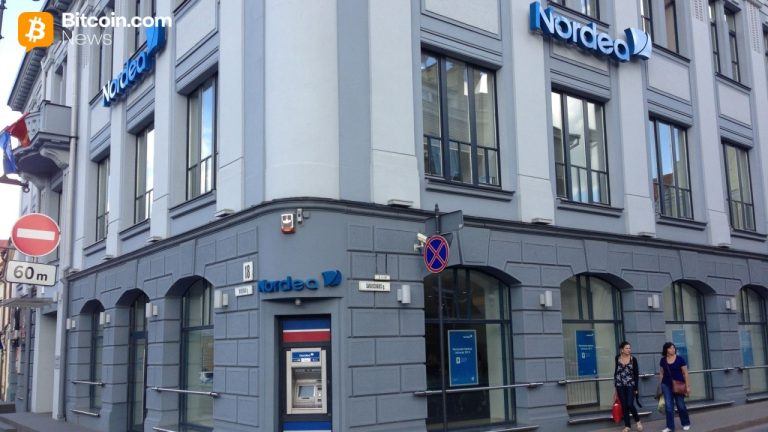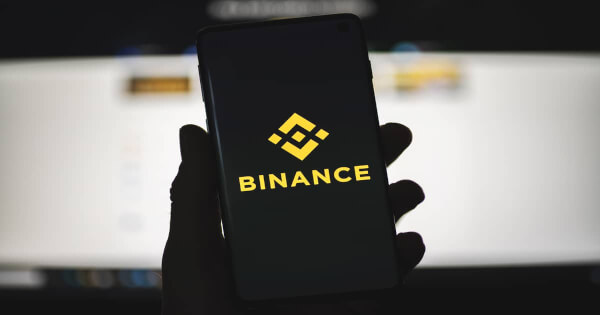Innovation, or the drive to create, can be sparked by a variety of factors. While a nebulous, deeply human desire to speak truth has compelled artists for centuries, a reactive posture can be just as fruitful for kickstarting inspiration. In the case of secure messaging app Telegram, it was the latter that drove brothers Pavel and Nikolai Durov to develop a platform that aimed to eschew government censorship and intrusion.
More specifically, these concerns were put into overdrive by a confluence of factors best described as the tug-of-war between big tech companies, government intervention, and the civil liberties of online communities. After their experience founding Russian social media site VKontakte (VK) in 2006, the Brothers Durov saw firsthand how the desire for connection can be perverted by powerful actors. These conditions worked to set the founding of Telegram, and its subsequent contributions to the crypto space, into motion.
Alternatives to Web 2.0
Since the dawn of the internet, humans have sought to foster communities through emerging digital channels. From message boards, to email, to various social media iterations, the web’s ability to preserve and share information has always been inseparable from interpersonal connection. As technology mutated alongside people’s understanding and use of these platforms, where and how access was achieved helped guide this evolution.
Where chatting online once meant being tethered to a desktop computer, smartphones made access ambulatory, and lowered barriers to entry for a global network. With increasing accuracy, active and passive interactions across myriad fields illustrate the flow and virality of ideas, and crystalize user personas around their digital breadcrumbs.
While the rise of big data promised a more curated online experience, data exhaust from seemingly banal actions opened the door to Web 2.0’s era of what scholar Shoshana Zuboff identified as surveillance capitalism. In practice, major online shopping, search, and social media companies treated user data as any other raw material to commercialize or sell to third-parties.
This worked to accelerate the web’s transformation into an ads-based environment, which over time decimated media outlets, polluted feeds, and cluttered query results. These externalities were dumped on end users, as knock-on effects such as upticks in disinformation and clickbait-style content strategies became industry standard. In hindsight, it should have been more obvious that trusting immense stockpiles of personal information to a handful of entities would yield mixed results.
These conditions created fertile ground for alternative means of communication that prioritized a combination of encryption, data protection, and decentralization to take back the web experience. Arriving in tandem with Bitcoin, blockchain technology, and a healthy distrust of certain institutions, solutions that attempted to marry desires for ironclad financial and information control were becoming viable.
A succession of dominos ranging from redefined social paradigms, damage to beloved platforms, and interrupted service functionality resulted in many dissatisfied users seeking a return to reliable online life. The Durovs were among these disgruntled masses after clashes with Russian heads of state over VK led to their relocation in the Middle East. Going forward, the pair endeavored to devise a platform that eluded capture by powerful interests, and maintained firmly planted on the side of its users. It’s here that Telegram enters the chat.
TON: The Open Network
Launched in 2013 for iOS and Android, Telegram offered a variety of encrypted messaging services for peer-to-peer and wide audience communication. Groups of like-minded individuals, such as crypto enthusiasts, could share information and compare notes on current trends and historical lore with greater autonomy and privacy than with competing providers. In turn, Telegram enabled the creation of broad and niche topic channels run by influencers, celebrities, government entities, and corporations to build followings and stay connected to their fan bases, customers, and constituents.
Sporting an interface reminiscent of early internet instant messaging programs, Telegram’s sleek, intuitive design updates traditional text-based models to include emojis, video, audio, and file sharing. With free versions capable of multimedia campaigns and nimble content integration, it’s no wonder Telegram has become an integral hub in the crypto ecosystem.
Along with ease of use, Telegram’s emphasis on encryption and user-first network parameters align with many of crypto’s core principles, which helps explain the messaging app’s appeal within the industry. Those who gravitate toward the digital economy appear to likewise prefer enhanced security, and the ability to exert greater control over their data. To this end, Telegram’s approach toward content moderation and ease of dissemination dovetail to create a fruitful environment for alternative media pipelines and community building outside the mainstream.
But as with any tool, Telegram’s use by disparate groups has run the gamut. On the one hand, pro-democracy dissidents in regions experiencing government overreach have been able to circumvent censorship and gain followings on Telegram. Conversely, content valorizing extreme acts of violence, perpetuating fraud, and advancing political radicalization have also flourished as a result of Telegram’s unwavering commitment to free expression and user anonymity. Despite these unfortunate byproducts of network freedom, Telegram’s privacy policy demonstrates the universality of certain values, as the app continues to enjoy pervasive use.
From its inception, Telegram Co-Founder and CEO, Pavel Durov, has been a vocal crypto advocate, and aimed to position the company as a central pillar of the community. The Open Network, or TON, was initially conceived as an ecosystem powered by a native token called Gram. Unfortunately for the Durovs, the U.S. Securities and Exchange Commission (SEC) took issue with the structure of TON’s proposed distribution model for Gram tokens. This resulted in the project being reconceptualized, and Gram tokens removed from the equation. After a company reconfiguration and shuffling of entities to required jurisdictions, Toncoin (also referred to as TON) was launched by the non-profit TON organization in September 2021.
Hiccups aside, Telegram has been working steadily since 2017 to achieve a unique blockchain that prioritizes the protection of participant data. The network’s novel proof of stake consensus mechanism has been described as a “blockchain of blockchains” through its unique use of sharding to increase scalability and throughput. By relying on cloud storage and end-to-end encryption for select communications, Telegram remains an industry leader for those seeking privacy and ease-of-use in their online communities. And as luck would have it, the latest industry trend is endemic to the platform, leading many participants to have their first crypto experience as Telegram users.
Tapping into the Future
Recently, Telegram has been at the forefront of advocating for Web3 and crypto adoption through a permutation of its flagship bot capabilities. First introduced in 2015, bots enabled users and channel moderators to automate a variety of actions, facilitate payments, deploy in-app games, and supply real-time chat functions. The play-to-earn model currently dominating the crypto landscape since the debut of Notcoin (NOT) has caused a significant uptick in participation among first-time users.
Capitalizing on the addictive quality of completing simple tasks, many downstream alternatives have rushed to ride Notcoin’s coattails. Mimicking Telegram’s streamlined aesthetic, the games are stripped to their most fundamental parts, with rewards issued through the simple action of tapping one’s device. In this way, Notcoin equated token “mining” with tapping a coin icon that appeared in a bot program shared with followers via a dedicated Telegram channel. In the wake of NOT, many iterations have adopted a similar approach.
This raises a somewhat related rhetorical question: At what point does a hunk of metal hurtling through the sky become a plane? In some ways, this is the query every new cryptocurrency is aiming to answer when attempting to launch an economy from scratch. While NOT is currently trending among the top 100 digital assets, it seems some in the project’s circle are experiencing existential doubt. In a recent interview with The Block, Sasha, the project’s founder, declared this wave of tap games will be a fading trend.
Elaborating further, Sasha acknowledged Notcoin’s uncertain future, and predicted that “only the games that have sustainable models will [likely] survive.” This may sound curious from someone who managed to be first-in-flight on the tap game market. Then again, while the Wright Brothers had countless wrecked aircraft resulting from trial and error, the laws of aerodynamics are less fickle than those of a self-sustaining economy.
Thankfully, the relative efficacy or utility of digital assets such as NOT have done little to discourage the hype around these projects, which continue to flood the market. The hydra-like proliferation of tap games speaks to their effectiveness as a rallying point for participants at every stage of their crypto journey. However, if Sasha’s frontline experience is any indication, where this development will lead is an open-ended question. In some cases, users are comfortable continuing to stockpile game rewards and establish their squads against competing tappers, while others prefer knowing next steps. But for many participants, this is par for the course in crypto.&
While there’s a certain anticipation for the future – whether in the form of a token listing or airdrop – the journey itself can lend its own self-actualization. In fact, beneath the tech-speak and branding, what’s more DeFi than a let-it-rip-and-see-what-happens approach to crypto innovation? Perhaps phrased a different way: Is it possible to not have all the answers while proposing a potential solution? For apps like Telegram and its litany of bot games, this appears to be the case.
In many ways, that’s been Telegram’s approach from its onset. While it maintains a robust commitment to privacy and encryption, Telegram’s extension of services to all parties has mitigated some downsides to online life, while exacerbating others. Its latest tap bot games offer another helpful analog. While they’ve unquestionably helped break down barriers for how would-be participants view and interact with crypto, next steps are yet to materialize. On the other hand, perhaps it’s not the responsibility of figures like Durov and Notcoin’s Sasha to dictate the terms of one’s crypto experience.&
Rather, perhaps innovators are better suited to provide the tools and leave users empowered to define and settle upon their most prudent application. By avoiding familiar patterns that caused Web 2.0 to stagnate, Web3 can center the interaction and exchange of value and information that liberates our online experience from top-down control. While such outcomes are pending, and will likely lead to some unsatisfying conclusions, growth is rarely painless, and often occurs in fits and starts. Then again, letting a fear of falling stymie one’s capacity for flight is just another way to admit defeat. And when the future itself is truly up in the air, there’s no better time to experiment with new possibilities that could finally put the imagined horizon within reach.
The web content provided by CEX.IO is for educational purposes only. The information and tools provided neither are, nor should be construed as, an offer, or a solicitation of an offer, or a recommendation, to buy, sell or hold any digital asset or to open a particular account or engage in any specific investment strategy. Digital asset markets are highly volatile and can lead to loss of funds.
The availability of the products, features, and services on the CEX.IO platform is subject to jurisdictional limitations. To understand what products and services are available in your region, please see our list of supported countries and territories. This page includes additional links to information about individual products, and their accessibility.

You can get bonuses upto $100 FREE BONUS when you:
💰 Install these recommended apps:
💲 SocialGood - 100% Crypto Back on Everyday Shopping
💲 xPortal - The DeFi For The Next Billion
💲 CryptoTab Browser - Lightweight, fast, and ready to mine!
💰 Register on these recommended exchanges:
🟡 Binance🟡 Bitfinex🟡 Bitmart🟡 Bittrex🟡 Bitget
🟡 CoinEx🟡 Crypto.com🟡 Gate.io🟡 Huobi🟡 Kucoin.



















Comments